Pottery
April 01, 2008 - April 01, 2018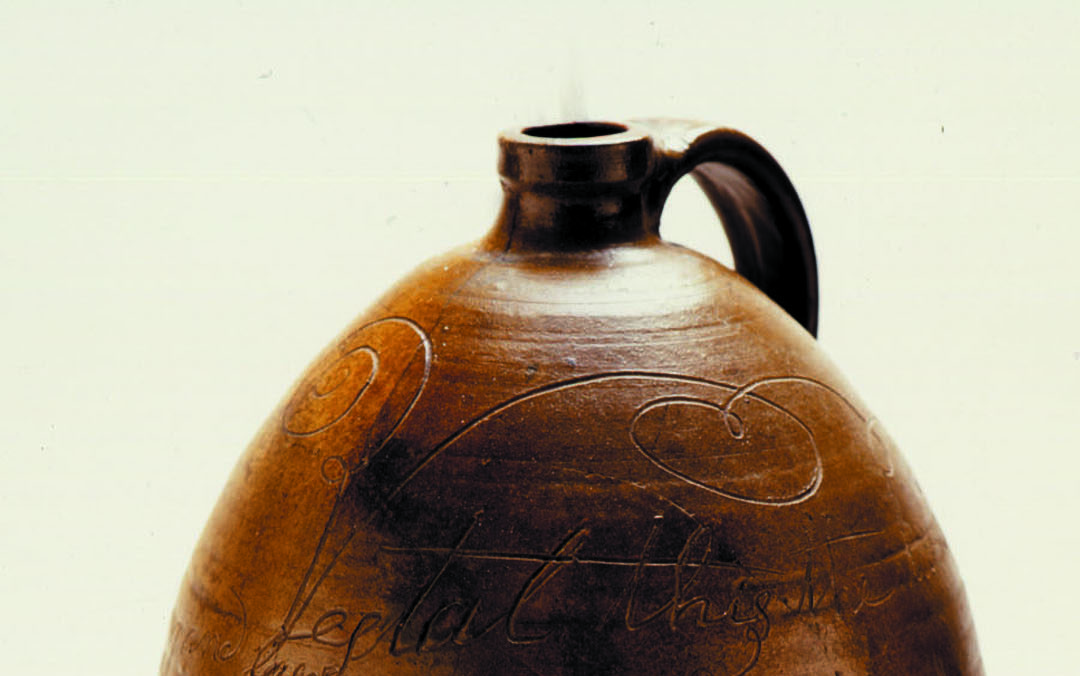
Exhibit Details
Pottery-making was an important local industry as early as the last years of the 18th century and lasting throughout the 19th century. All sorts of ceramic containers were made: jars, crocks, churns, milk pans, pitchers, honey pots, jugs, water coolers and even ink wells. Rich clay found along the rivers provided the natural resources, but transportation was also a key factor. The proximity of the Great Road and its branches meant not only goods coming in but also going out. When water levels were high enough, the Holston River provided a second means of transporting pottery and other goods to markets outside the region. Nine boat builders were listed in Smyth County’s 1850 census, confirming a brisk river trade from Saltville through the Abingdon area to Kingsport, Tennessee, and south to the Mississippi River system. Earthenware was the earliest pottery, identified by its orange color. Made for utilitarian purposes, most was left plain and undecorated, just sealed with a clear lead glaze. Only occasionally would the potter apply decoration under the glaze in the form of liquid oxides – manganese, iron, copper – that were daubed, dribbled or painted on. Most earthenware potters did not sign their work, so we are left with shards and documentary evidence as well as a small selection of intact vessels to know that they were here.
By the middle of the 19th century, the harmful effects of earthenware’s lead glazing were known, so most potters switched from earthenware to stoneware. A different clay, stoneware could be fired at a higher temperature and was less porous, given a salt or sometimes alkaline glaze. Its color was grey or brown and, like earthenware before it, usually left plain. Only occasionally was it decorated with cobalt that was painted on free-hand in blue designs that included flowers, swags and leaves. Following the Civil War, the local pottery industry received a significant boost. At one point, more potters were recorded working in Washington County than elsewhere in Virginia. Like the earliest potters, many stoneware potters moved around, passed on their trade to sons, and established communities. Importantly, most signed or stamped their wares, leaving us a legacy of names like Barlow, Decker, Keys, Magee, Mort, Vestal, Wooten and Miller.
Explore Exhibits
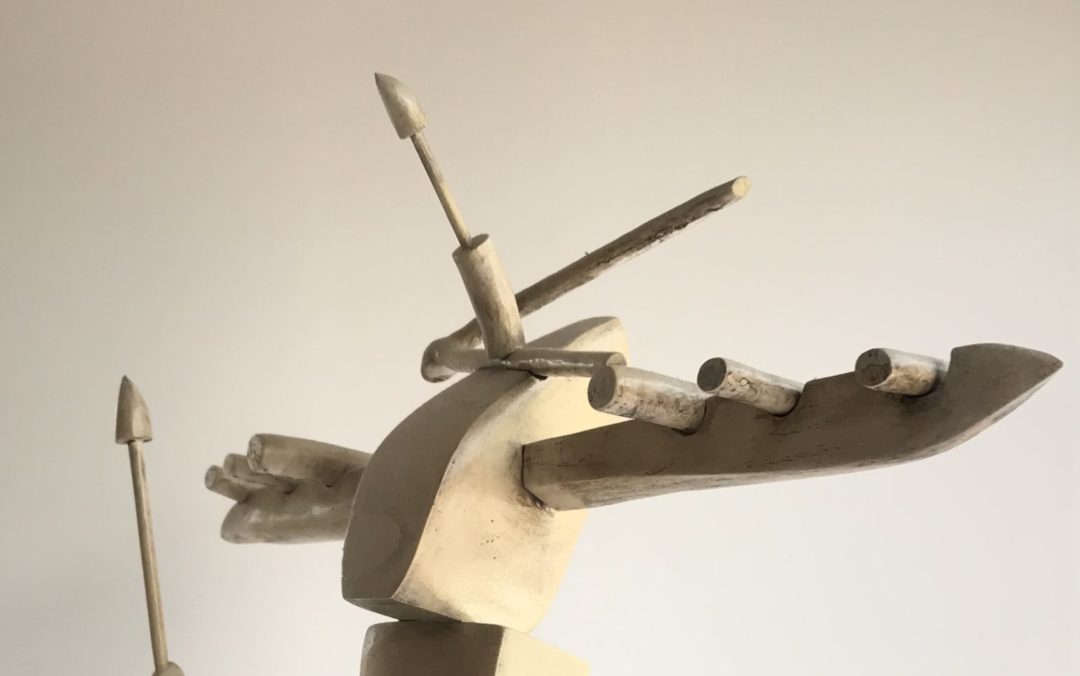
Upcoming Exhibits
WKMA continually brings new and exciting exhibits and artists to the museum experience. Explore what's next for us.
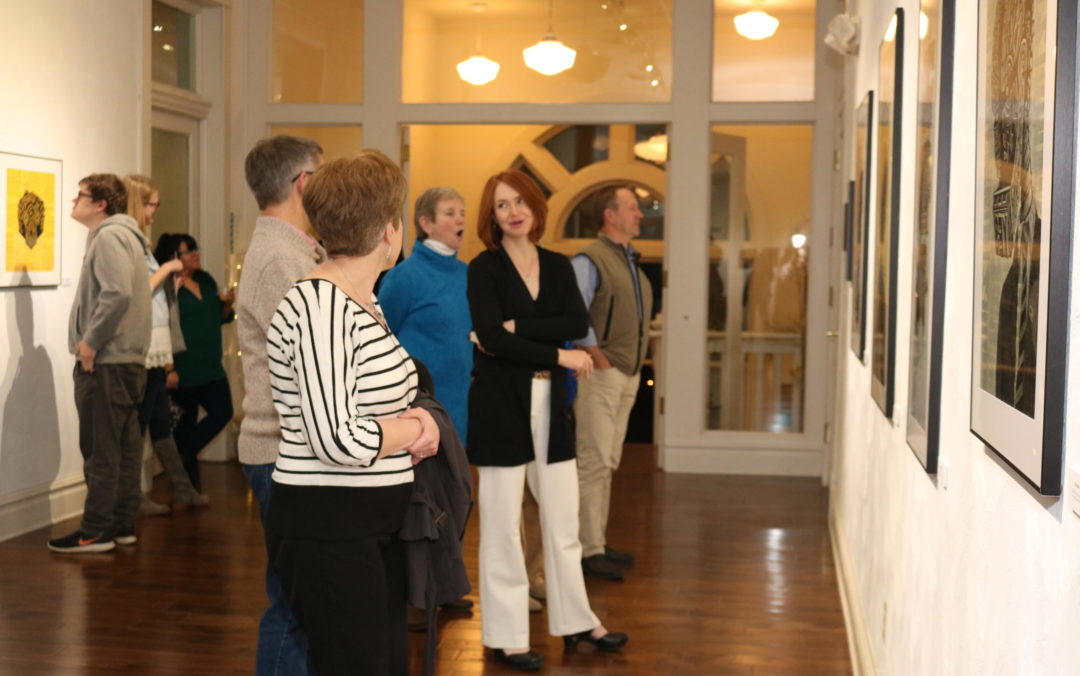
Permanent Collection
View works from our Permanent Collection of art, part of the WKMA experience year round, featuring our most enduring pieces.
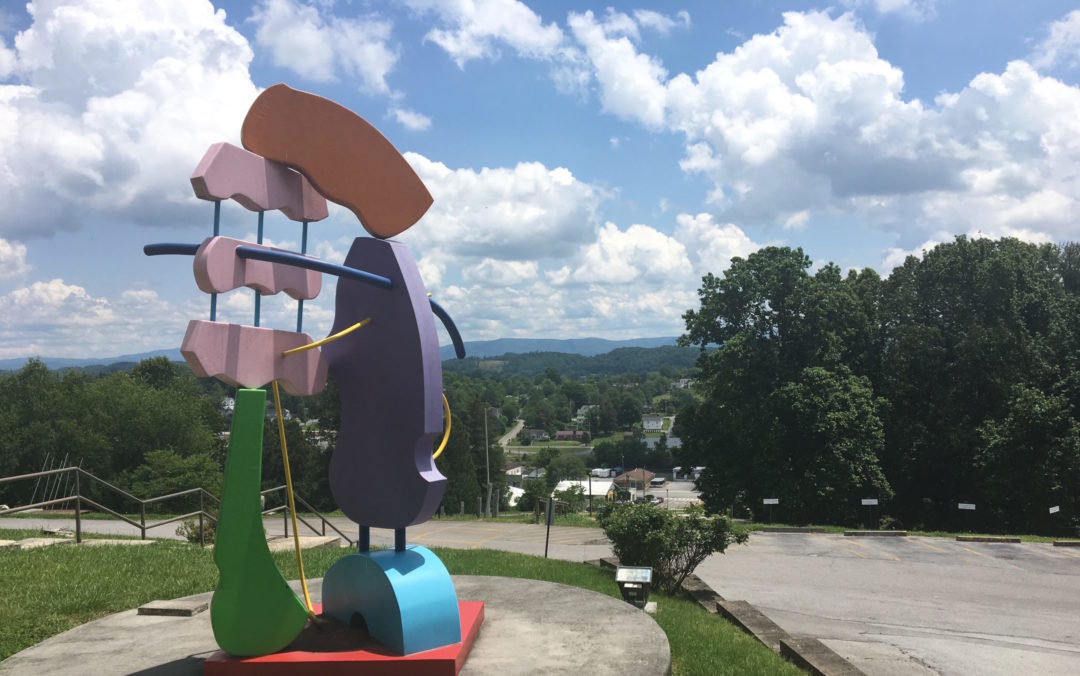
Sculpture Garden
The Sculpture Garden is a beautiful part of our museum grounds experience, and part of our permanent collection of art.
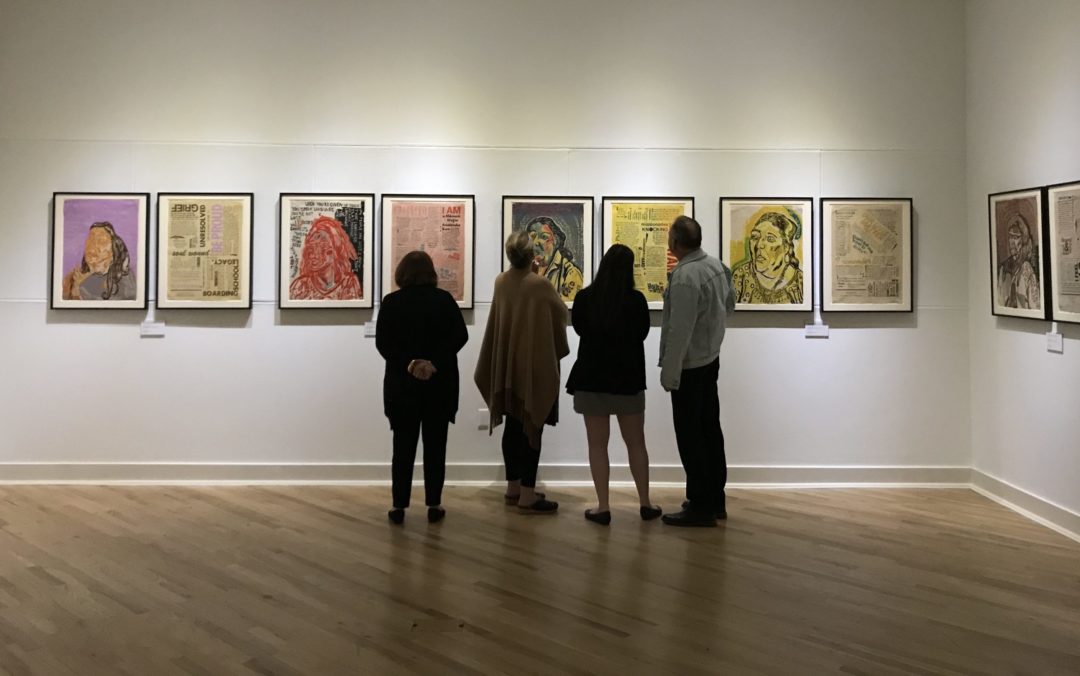
Past Exhibits
View previously exhibited work at the William King Museum of Art, a retrospective of past shows and galleries.
Support & Join
Become part of our story. Help us tell your story. Thank you for your support.
See More

